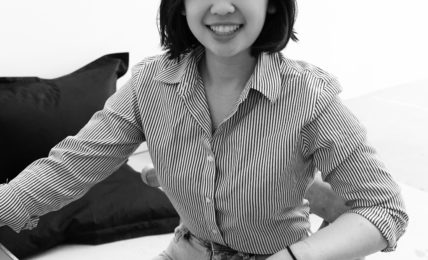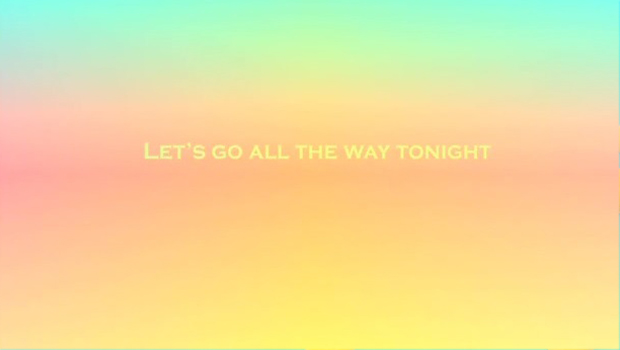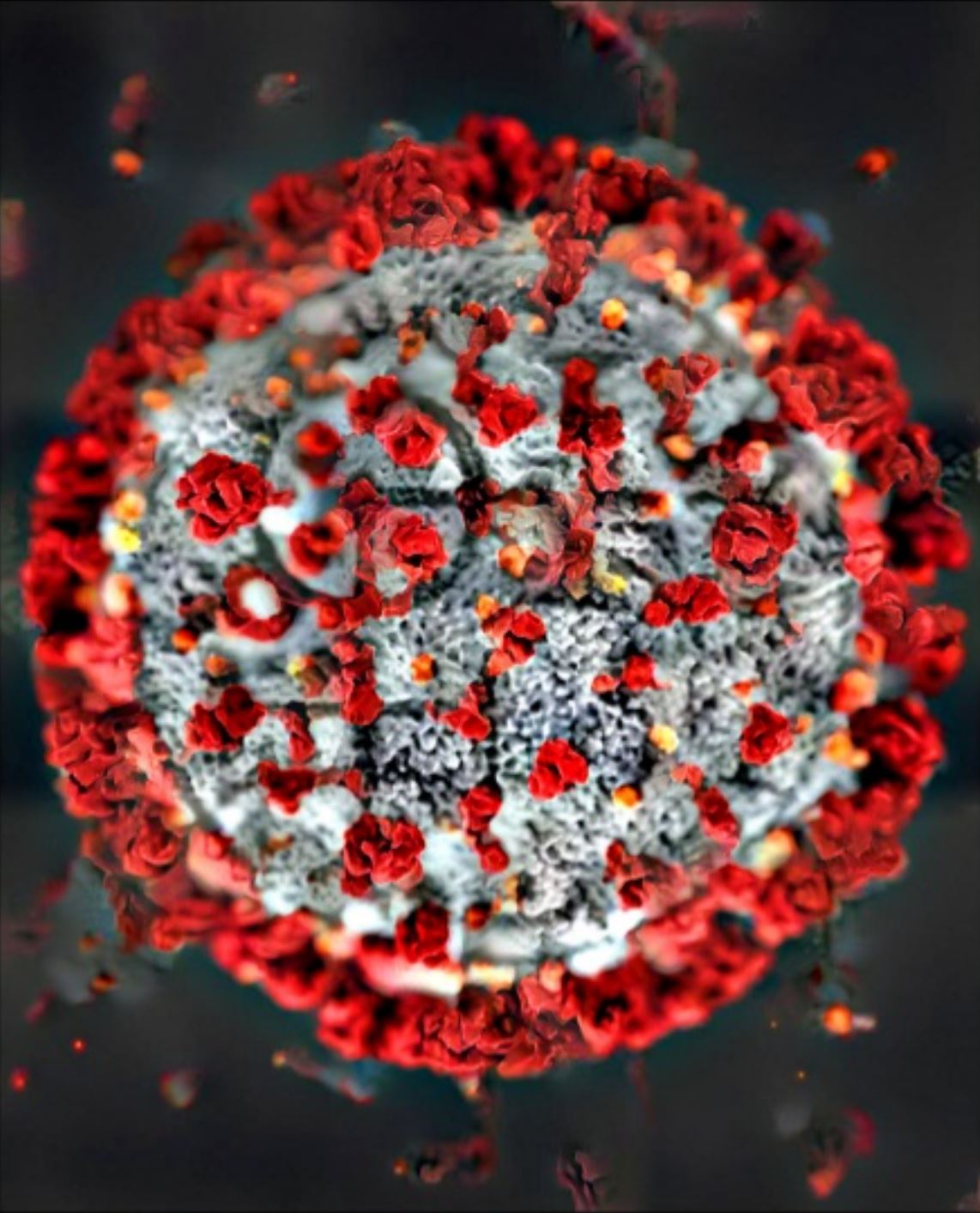In this interview, Colin Rosati gives us insight into the inspiration and creative process behind Pollinating Proxies (2019), and themes and conversations throughout his portfolio.
:::
DigA: When first viewing Pollinating Proxies, I immediately connected the piece to the work of Henry David Thoreau. Your use of hummingbirds as a representation of the modern human condition seems to echo Thoreau’s understanding of nature mirroring human life. What was your own inspiration to connect nature and contemporary life?
Rosati: I’ve been interested in hummingbirds for a number of years. A few things always stuck with me. I remember learning as a kid that hummingbird’s hearts stop as they hibernate almost totally frozen and that they experience time much slower than humans do. These ideas always fascinated me as an alternative way to experience the world. The hummingbird became an easy way to think through all of these things I was playing with in this work: time, perception, consumption and representation.
Then, in the past two years I really started exploring consumption and stimulation in regards to digital media. Part of this thinking was looking at other species’ relationship to consumption. The hummingbird eating nectar and its fast metabolism became a nice parallel to thinking about humans stimulated by digital consumption and having a sense of addiction to them. So I was always thinking about contemporary life.
At the turn of the 19th century there was an interesting shift in how we come to know and relate to the world with photography increasingly part of our world view. This was a shift that moved from to only having print or painting as forms of representation. The task of believable representation in images now was emerging from photography. Although photography could show a world different to print or paintings it still had its own limitations to representation. So capturing the world including nature became part of this difficulty of representation. In finding early cinematic footage of hummingbirds I saw all these flaws of photographic representation especially with such a difficult bird to capture. Eighteen fps has a specific choppy quality to it. You can clearly see a difference of resolution and speed in today’s camera technology. Even in contemporary imaging technology the hummingbird seemed to me to also be on this edge of representation.
I am interested in representation today specifically how with high-quality cameras are able surpass what our eye can see which creates an almost excess of representation. I find this to be both literally true with cameras and poetically a loaded notion.
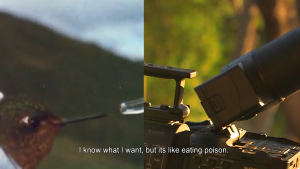
DigA: You discuss the “gap between knowing and seeing,” in the piece and how tools can limit our knowledge. As a result, you highlight the common perception that consuming media means the viewer is actually experiencing what the media is portraying. What made you choose hummingbirds to represent this concept?
CR: Think about how you understand something. There are many levels to knowing. Representation is part of this understanding. Even though there are shortcomings or foresights in representation we still use them. This topic of representation, like I mentioned earlier, with this idea of excess of representation leading to a situation which quantifiable information doesn’t help in understanding something. I find this topic to be interesting with cameras that have extremely high frame rate and extremely high resolution. The speed and quality transcends how humans see. For example, human vision is pieced together in the mind. The eye darts around with a small amount of focus and the mind then puts together this larger visual perception. Visual perception is hard to talk about without talking about attention. Attention is quite topical now with this situation some people call the “attention economy.” Even if something is visibly very clear but no one pays attention to it, then something is missing. Is it value or quality that holds these things together?
Hummingbirds can be a test to camera technology. When you compare 19th century footage to high frame rate, slow-motion, high-resolution imagery you can see a big difference. Exploring the limitations of technology as well as the ideology of representation is a method I use, like how artists use layering with oil paint or adding/subtracting with plaster. This method is useful in thinking about what individuals believe or pay attention to. This testing of representation is a reason that the hummingbird became the focus of this work.
Knowing and seeing is important to differentiate today. Say, for example, deep fakes are one pressing topic which fabricate visual testimony on its head. Seeing something doesn’t prove it to be true. Visual testimony is also complicated in traumatic situations, where the mind stretches what happens. Another common visual logic of considering something to be true is whether there is any visual evidence. If nobody saw an incident happen did it happen at all (like the whole tree in the forest thing)? You see this motif in Hitchcock films where visual testimony becomes a red herring, and you have this narrative where things aren’t always how they appear to be.
For example, there appears to be wild boars living close by my apartment. I’ve never heard wild boars yelling before, but the sound is very disturbing. The first night I heard them I was really confused as to what I was hearing. They sounded like a terrified, sick person yelling without using any words but repeating this call. I’m sure seeing the boar yelling would stop me worrying about what was happening. I would then know it wasn’t a person in any sort of danger, or some sort of wicked monster but there is a rational explanation. Although I still find it disturbing hearing them while I can rationalize what it is.
I am interested in this idea as well as knowing as not helpful or knowing too much can be harmful. This particularly is true with anxious thinking. Knowing less about something can actually seem to be helpful to not overthink some things.
DigA: You explore a range of subtleties while exposing the connection between media consumption and hummingbirds. The images, such as the clip of the hundreds of hummingbirds around many feeders, obscured the metaphor. Conversely, the explanation of the Latin root of “nectar” is obvious. What was the decisioning around obfuscating at some points, while clearly presenting the metaphor at others?
CR: This swarm of birds was a curious shot for me. It is almost uncomfortable to see so many birds feeding at once. I decided to use this mass consuming swarm as a backdrop to the camera’s clarity as it zooms in becoming increasingly low-resolution. This is part of the visual language I was developing. It was important for me to not only use informative text explaining each scene and develop a visual language using dialectics to explore these tropes of visuality.
I have all this extremely shaky footage and low-resolution footage of hummingbirds as people try to capture them in frame as they fly around. I enjoy working this quality of footage. It is ugly and almost unusable in terms of taking “good” footage. This is probably why I was attracted to using this bad footage as a way to explore this limitation of representation.
These hummingbirds don’t live in a vacuum but in a space with many dynamics at play. There is a working motif of domesticated nature through the video. Often these shots of hummingbirds eating from feeders have industrial infrastructure in them. This shot was a nice fit of industry and manufactured mass consumption. One of the ending shot has a slightly different take on these ideas. A hummingbird is feeding off of a bougainvillea with Katy Perry’s song “Hummingbird Heartbeat” playing. This shot has telephone lines in the background as well. So, there are multiple dynamics at play, where the bird is consuming nectar with pop music and telecoms as a backdrop. This is a slightly different dynamic exploring dialectics of consumption.
DigA: Sound plays a critical role in Pollinating Proxies. The sounds of technology mix with the chirps of hummingbirds throughout the video. This seems to make the viewer question which are sounds are natural. What was the process of layer sound in the piece?
CR: Yes, you got it. The blending of sounds was intentional to develop these visual and representation tropes. I was having fun stretching what I could use as birds mimicking the sound of technology. I have to say I definitely got lost watching videos of Parakeets imitating Siri and other virtual assistance. Maybe mimicry at large is a general interest of mine. For example, I love hog “sue” calling competitions, like wow that’s good stuff!
I am not a trained audio engineer. I feel I approach it quite intuitively. I tried to develop the qualities that already existed in the videos as opposed to scoring the video with audio compositions. The audio really settles at the very end of the editing for me. I was keeping notes on audio ideas and experimenting on ideas along the way. Many of those experiments never made it to the final cut but were entirely necessary to the decision making process.
DigA: One of the paradoxes in your video is the way you discuss media consumption while presenting a piece of media yourself. Is this a paradox you thought about while you created Pollinating Proxies?
This video is not me condemning media consumption by any means. I consider video, audio, text, architecture all a form of media. Can you imagine over consuming architecture… I was exploring overconsumption and even desire in this work. It’s important to develop personal boundaries when consuming anything really. Overconsumption of anything can be bad even though I definitely “marathon” TV, movies and sometimes over eat. Maybe that is something you do growing up, listening to yourself and learning how much you actually need vs what you want.
I will say the making video for installation art is very much different then viral or entertainment videos which circulate like wildfire. I premiered this video as part of an installation of the same name at InterAccess Gallery in Toronto, Canada this past January (2019). Since then the video exists privately on Vimeo with a password. But now this is more a conversation about distribution and access than media consumption.
DigA: There’s a profound moment at the end of Pollinating Proxies when the camera turns toward the viewer that connects to your piece “CleanMyMac 3.4.0 FINAL.” Here, the camera is cleaned, then watches on as other objects are cleaned. How do these representations of the camera’s gaze point to a broader story of media commoditization?
CR: I’m glad you picked up on this. I love this idea of watching the watcher and I definitely keep coming back to this in my work. I work doing front-end development and am often exposed to media analytics, cookies and other form of trackers. I think anyone who works behind the scenes of what a user will interact with has this perspective. Making the camera visible is practical showing constructing of media. So to think about behind the scenes of social media, marketing, photography, films there is always a monetary exchange in producing any media.
In today’s digital media landscape, buying and selling of personal information is part of these commodification processes. “Paying attention” takes on this actual monetary value. This is a very cheesy statement but it’s useful when dealing with consumption as a commodity.
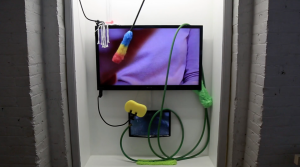
DigA: You explore themes of the representation of self in consumer culture and digitization in your work through various metaphors and media. What is your process for determining which media best represent a different facet of this theme? Does the idea for a work inspire a certain medium, or vice versa?
CR: It is a bit of both. Most of the time, my work does develop from concepts or personal experience and then follows research. Listening to the logic of the idea is important as I start making work. Thinking about material research and the material realities where these things live is important in deciding what form the work takes. But I don’t hold myself to that and also have my biases in what medium I choose to work with. Sometimes I want to use a specific material. Although I think there is a similarly that responds to some sort of relationship with people or places. One other important quality in what I do make is that I am learning and sharing these ideas with people.
See Colin Rosati’s Pollinating Proxies.
:::
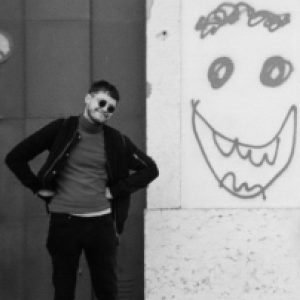 Colin Rosati is a Berlin based media artist that creates installation arising from divergent fields of research. In his media art practice he engages with authenticity, agency, desire and consumption in visual regimes. Finding inspiration from the mundane to networked technologies impacts he observes and records traces of emergent behaviors expressed via mediation. His installation work speaks to reification representation under visual regimes. Through electronics, installation and media art he analyzes the inevitable transcoding that happens in commercial, proprietary software. Colin’s practice looks at representation, in part documenting the limits, contradictions as well as draws attention to the complexity in finding ones agency through desire.
Colin Rosati is a Berlin based media artist that creates installation arising from divergent fields of research. In his media art practice he engages with authenticity, agency, desire and consumption in visual regimes. Finding inspiration from the mundane to networked technologies impacts he observes and records traces of emergent behaviors expressed via mediation. His installation work speaks to reification representation under visual regimes. Through electronics, installation and media art he analyzes the inevitable transcoding that happens in commercial, proprietary software. Colin’s practice looks at representation, in part documenting the limits, contradictions as well as draws attention to the complexity in finding ones agency through desire.

